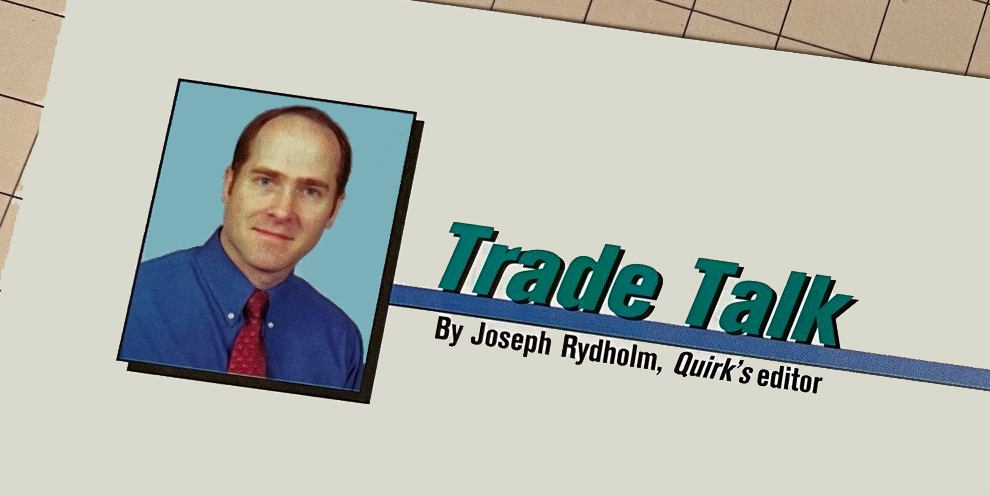Earlier this summer Outsell, Inc., a Burlingame, Calif., research and advisory firm, released findings from its 2001 study of what it calls the information content industry. Part of that industry is the "market research, reports, and services" market, or MRRS, which includes custom market research firms, providers of syndicated research and providers of databases.
According to Outsell figures, the $14.1 billion dollar market consists of the database segment at $6.2 billion, custom research at $5.5 billion, and syndicated research at $2.4 billion.
Though overall MRRS segment growth was 2.7 percent in 2001, compared to a 5.7 percent adjusted growth rate in 2000, sales at custom research firms grew 7.9 percent in 2001 while growth in the syndicated and database segments was flat.
"The custom research providers have been carrying the MRRS market," says Joel Block, vice president and lead analyst, Outsell, Inc. "When we take a look at the three segments and what's driving business in them, without a doubt, the custom segment has served as a buoy for the broader research reports and services market. One of the primary reasons for that is the demand from research buyers' internal corporate clients. We believe that the custom segment grew well beyond its peer segments in 2001 in large part because corporate decision makers want hard facts on which to base their strategic decisions. They want the research to be customized to suit their needs."
Closer look
Block says that corporate clients are taking a closer look at their in-house market research capabilities and how they fit in with their companies' core competencies. Research may be a critical part of the firm's marketing and strategic planning, but some feel that it's better to outsource those efforts, at least in part, and focus in-house talent on doing what the company does best.
And in tough economic times like these, outsourcing offers another tangible appeal: it may be more economical than hiring and maintaining an in-house staff. So some firms, faced with a decision between hiring new in-house primary research capacity and outsourcing, will choose the latter. "It is fundamentally easier in down economies to control those variable dollars than it is to manage head count," Block says.
An argument against relying on outsourcing is that a company loses historical perspective, both of its past business experiences and its past research efforts. Sure it may be cheaper in the short term to partner with a research vendor, but unless the two parties develop a long-term relationship through which both build an awareness of past research successes and failures, they risk duplicating those failures and missing out on the benefits of already-accumulated knowledge.
Granted, in-house research departments can become hidebound but they can also be rich storehouses of knowledge and, depending on the experience level of the workers, can provide valuable, industry-specific insights unavailable from an outside research firm.
While many client firms pay lip service to the value of building partnerships with their research providers - which in theory would avoid the loss of intellectual capital - we all know that a years-long relationship could disappear in an instant if another research firm submits a lowball bid for the same services.
Noticeable uptick
Despite my cynicism, there is cause for some optimism. Block just completed analyzing a survey of over 450 market research and intelligence functions at companies around the world and he found a noticeable uptick in the portion of budgets committed to primary research. "Custom market research firms are part of this trend I call moving content up the value chain," he says. "They are responding to their internal clients' demands, the demands of the ultimate information or intelligence end user, who is oftentimes a senior decision maker in the organization. They may be getting their information synthesized or analyzed through a market research or intelligence function but the bottom line is, they are the ultimate consumer of what the custom market research firm is providing. And that end consumer is asking more high-risk, what-if questions. They have really raised the bar in terms of their expectations for the kind of content they need to make decisions. A bad decision in today's economy is much more costly than that same bad decision 12 months ago, and it could break the back of an organization depending on where that company is at."
So maybe the message is finally getting through. Maybe businesses are starting to realize that informed decisions are better than uninformed ones. We can only hope.
